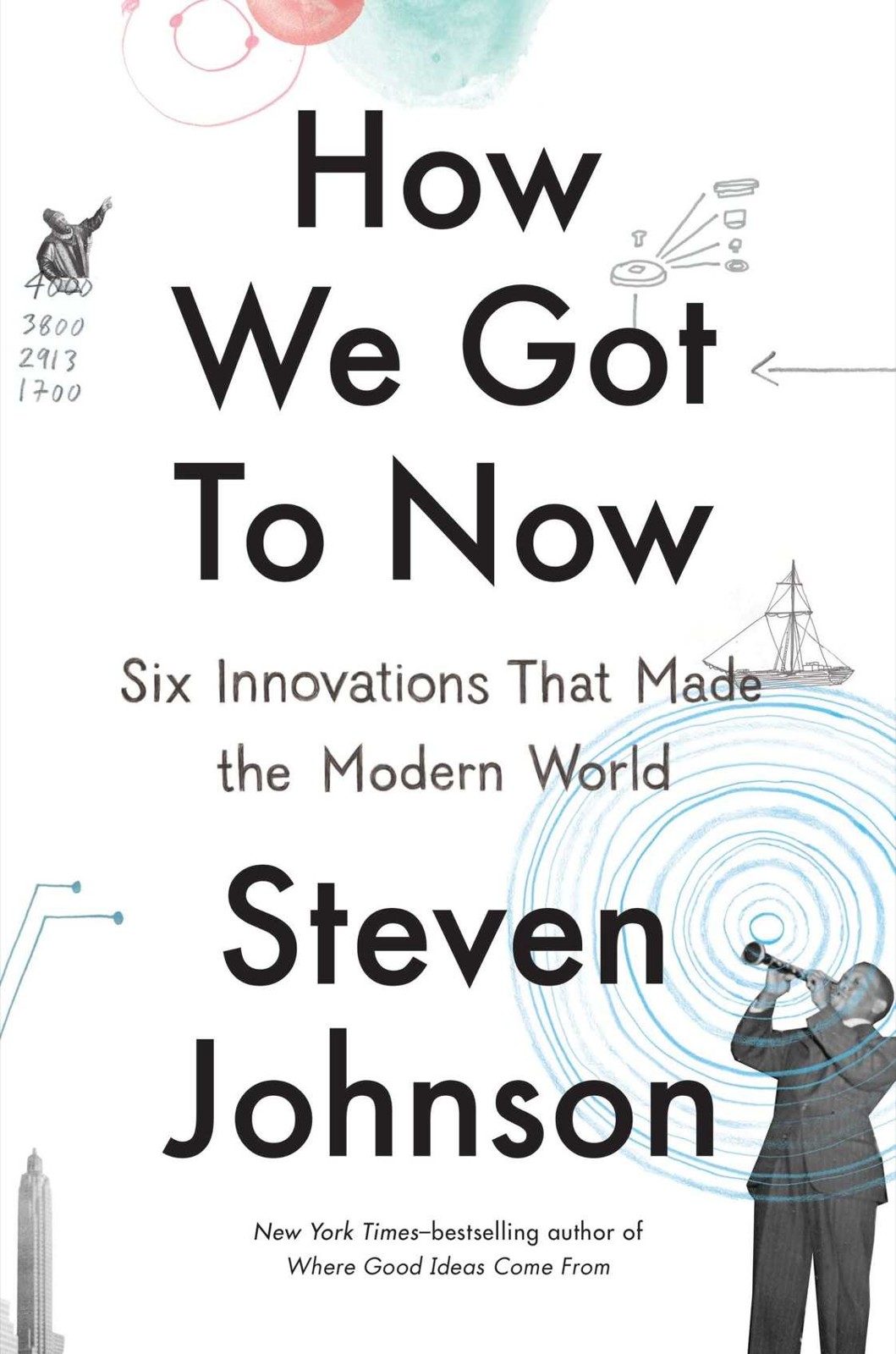
How We Got to Now
Six Innovations That Made the Modern World
فرمت کتاب
ebook
تاریخ انتشار
2014
Lexile Score
1230
Reading Level
9-12
نویسنده
Steven Johnsonشابک
9780698154506
کتاب های مرتبط
- اطلاعات
- نقد و بررسی
- دیدگاه کاربران
نقد و بررسی

Starred review from July 7, 2014
In this fascinating book, Johnson (Where Good Ideas Come From) presents a “history of ideas and innovation,” focusing on six important technical and scientific innovations that have shaped the modern world but that we often take for granted. The book reveals what Johnson calls “the hummingbird effect,” when “an innovation... in one field ends up triggering changes that seem to belong to a different domain altogether.” We learn how Gutenberg’s press created a market for spectacles, which, in turn, led to the development of the microscope, the telescope, and the camera; how muckrakers were empowered by flash photography in the Progressive Era; and how the modern advertising business has roots in the germ theory of disease. Understanding the hummingbird effect is crucial in our world of constant technological development. Johnson debunks the genius theory of innovation—the romantic idea of the lone inventor who changes history—arguing instead that ideas and innovations emerge from “collaborative networks” at the intersections of different domains. He says that this understanding is crucial to “see more clearly the way new ideas come into being, and how to cultivate them as a society.” 75 b&w and color photos. Agent: Lydia Wills, Lydia Wills LLC.

Starred review from August 15, 2014
Best-selling author Johnson (Where Good Ideas Come From: The Natural History of Innovation, 2010, etc.) continues his explorations of what he calls the "hummingbird effect," unforeseeable chains of influence that change the world. An innovation, writes the author, typically arises in one field-chemistry, say, or cryptography. But it does not rise alone-"ideas are fundamentally networks of other ideas," and those tributary ideas likely came from many sources and disciplines, conditioned by the intellectual resources available at the time. Da Vinci aside, the author notes that even the most brilliant 17th-century inventor couldn't have hit on the refrigerator, which "simply wasn't part of the adjacent possible at that moment." A couple of centuries later, it was, thanks to changes in our understanding of materials, physics, chemistry and other areas. Johnson isn't the first writer to note that such things as the can opener were game-changers, but he has a pleasing way of spinning out the story to include all sorts of connections as seen through the lens of "long zoom" history, which looks at macro and micro events simultaneously. Sometimes he writes in a sort of rah-rah way that, taken to extremes, could dumb the enterprise down intolerably, as when he opines, "silicon dioxide for some reason is incapable of rearranging itself back into the orderly structure of crystal." Take out "for some reason" and replace with "because of the laws of physics," and things look brighter. However, Johnson's look at six large areas of innovation, from glassmaking to radio broadcasting (which involves the products of glassmaking, as it happens), is full of well-timed discoveries, and his insistence on the interdisciplinary nature of invention and discovery gives hope to the English and art history majors in the audience. Of a piece with the work of Tracy Kidder, Henry Petroski and other popular explainers of technology and science-geeky without being overly so and literate throughout.
COPYRIGHT(2014) Kirkus Reviews, ALL RIGHTS RESERVED.

September 1, 2014
With such best-selling books as Everything Bad Is Good for You (2006), Johnson has proven himself a master at peering into the intricate realms of science and culture with fresh eyes and revealing startling connections others have missed. His latest work is no exception, sifting through the plethora of mankind's greatest inventions and offering a closer look at six that have made tremendous impacts on modern civilization. Using what he calls the long zoom approach, Johnson takes a broad view of history as he charts the cascading technological innovations that followed from the invention of lenses, refrigeration, recorded sound, water purification, clocks, and artificial light. With lenses, for instance, it was the Gutenberg printing presses that led to reading spectacles and, in turn, to microscopes and telescopes. With refrigeration, hotter climates became livable, spurring sudden migrations. Johnson is in peak form here, weaving a spell with his seasoned prose while providing the riveting backstories of the many devices that make our lives comfortable yet which we all too often take for granted. This is a companion book to a forthcoming six-part PBS television series.(Reprinted with permission of Booklist, copyright 2014, American Library Association.)

























دیدگاه کاربران